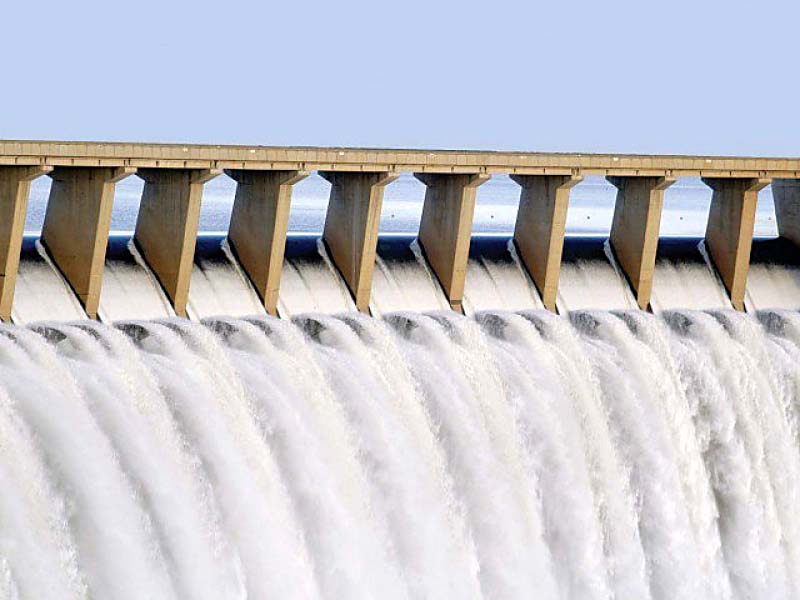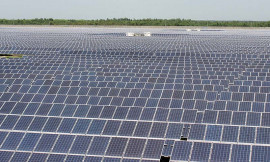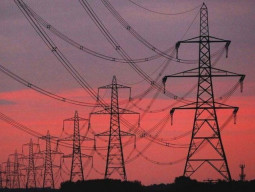
ISLAMABAD: The poor design of the $4.2-billion Neelum-Jhelum hydroelectric power project has exposed the sorry state of affairs at the Water and Power Development Authority (Wapda) that builds dams across the country to ensure water and food security.
The necessity of constructing new dams has become more acute after floods continuously hit Pakistan in the past few years, causing loss of human lives and agricultural crops because of lack of storages.
Neelum Jhelum project on track as 80% work done
Initially, the cost of Neelum-Jhelum hydroelectric power project, being set up in Azad Jammu and Kashmir on Neelum River with 969-megawatt production capacity, was estimated at Rs15.2 billion in 1989, but it jumped up massively to Rs420 billion.
The project has been undertaken to secure water rights over Neelum River as neighbouring India is constructing Kishanganga dam upstream.
In a shocking disclosure in a meeting of the Cabinet Committee on Energy on September 15, Wapda Chairman Muzammil Hussain called the Neelum-Jhelum project an ill-conceived scheme since the beginning as realistic financial and geographical assessment and surveys were not reflected in the original plan.
The poor design of the project necessitated mid-course changes in the dam design, hydraulic structures, cross-section of head-race tunnel and tunneling methodology, he said.
Vague estimates and engineering surveys along with some force majeure events like rock burst and water seepage from below and above the tunnel were also responsible for causing delays.
Hussain, who was appointed Wapda chief a couple of months ago, told the cabinet committee that Neelum-Jhelum was a unique project as it was 90% underground and 10% above the ground and required the digging of an extensive tunnel system under a huge mountain.
Hydropower: Three-fourths work completed, says Sher Ali
“It would have been a marvel had it been completed within the original timeframe and cost; the project is suffering from cost and time overrun,” he remarked.
Hussain described the use of tunnel boring machines for the excavation of the tunnel as not a good decision as their installation took seven months and according to the contractor, their removal and dismantling would require an additional seven months.
The machines caused hundreds of rock bursting incidents because of increase in gravitational pressure immediately after evacuation. These incidents not only led to human casualties but also damaged one tunnel boring machine, which is still stuck in the tunnel.
“The disposal of the machines after tunnel digging is a major issue as under the contract the salvage value of the machine will be $4.065 million,” Hussain said.
The machines were custom-made to suit geographical conditions of the Neelum-Jhelum project, hence, they could not be used for any other project in Pakistan.
Work on 7,000MW coal-based power plants likely to be abandoned
Hussain apprised meeting participants that a new CEO for the Neelum-Jhelum project had been appointed from Wapda who had 16 years of field experience in managing construction and completing hydroelectric power projects including the Ghazi Barotha project.
“Wapda has reviewed the timeframe for the Neelum-Jhelum project and has worked out a plan to reduce it and complete work ahead of schedule,” he said.
According to the project management, the original commissioning deadline for the first unit was July 2017 whereas the contractor and consultant put it at July 2018 and September 2018 respectively.
Published in The Express Tribune, October 28th, 2016.
Like Business on Facebook, follow @TribuneBiz on Twitter to stay informed and join in the conversation.


































































COMMENTS (5)
Comments are moderated and generally will be posted if they are on-topic and not abusive.
For more information, please see our Comments FAQ